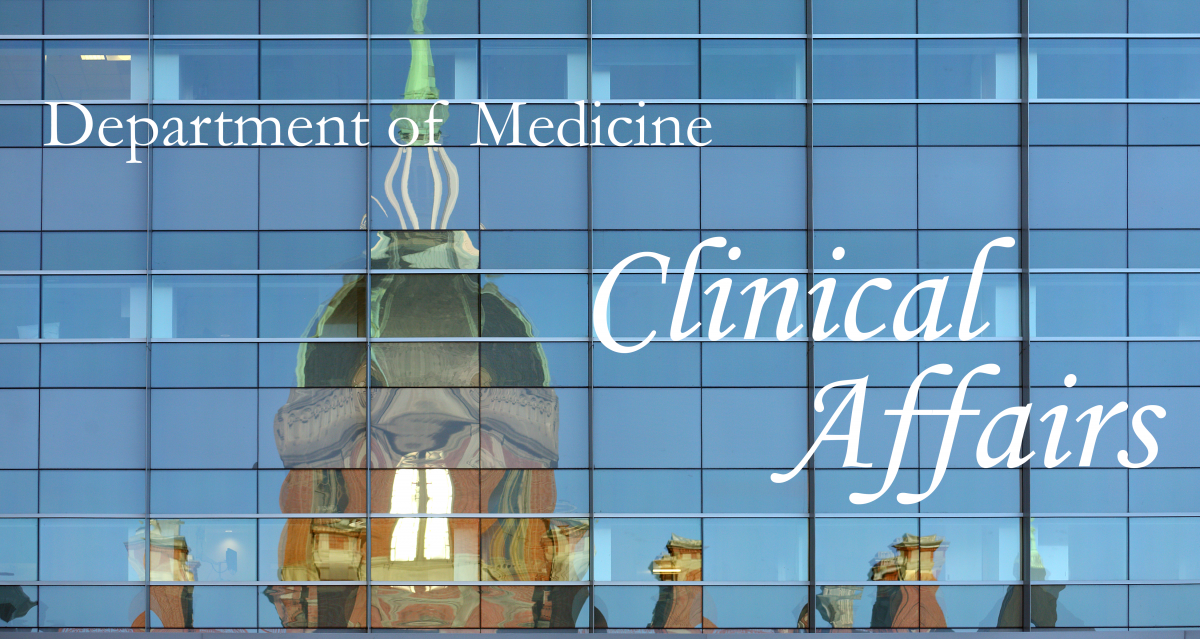Why are we talking about MHACs?
To promote quality improvement and financial responsibility, Maryland and the federal government have instituted hospital pay for performance programs. Maryland is unique nationally in that the state sets hospital reimbursement rates for all payers. Maryland hospitals have a waiver from CMS’s Value Based Purchasing incentive program (limited to Medicare patients) because Maryland has instituted strong pay for performance programs for all in-state patients. The risk adjusted rate of Maryland Hospital Acquired Conditions (MHACs) makes up the largest single part of Maryland’s pay for performance system with 3% of hospital revenue at risk. MHAC rates and overall scores are publicly reported by the Maryland Health Services Cost Review Commission.
What are MHACs?
They are 65 Potentially Preventable Complications (PPC) developed by 3M Health Information Systems. PPCs are not present when the patient is first admitted, represent a harm to the patient and are complications that are unlikely to be a consequence of the natural progression of an underlying illness. Examples of those MHACs most prevalent in the Department of Medicine are septicemia, C. diff, pulmonary embolism and urinary tract infection without catheter.
How are MHACs Ascertained and Risk-adjusted Rates Assessed?
MHACS are ascertained by diagnosis codes (ICD-10 codes) assigned at hospital discharge. A coder determines from the provider notes whether the condition was present on admission (if so, it cannot be an MHAC). Based on national hospital datasets, 3M has determined expected PPC rates according to a patient’s primary reason for hospitalization and other comorbidities (also assessed through ICD-10 codes). An Observed (O) to Expected (E) ratio is calculated for each MHAC. An O/E <1 represents achieving a better than expected performance and keeps a hospital out of the penalty zone. Maryland also awards financial incentives for outstanding performance. The benchmarks for rewards are determined by the top quartile of hospitals for the base year and typically end up as an O/E ratios of < 0.5.
The Johns Hopkins Hospital has been in the neutral zone for reimbursement for the past four years; however, we believe we can potentially reach the reward threshold. Bayview Medical Center has reached the reward zone two years in a row.
How can we improve?
Providers should promptly answer DocuCheck queries. These queries clarify whether conditions considered in differentials were actually present and whether they may have been present on admission. Often the assignment of an MHAC can be prevented. We are proud of the high-quality care we provide, and we want to get the appropriate credit to impact the hospital’s reputation and financial performance.
-Hailey James, Assistant Administrator for Inpatient Operations & Excellence
